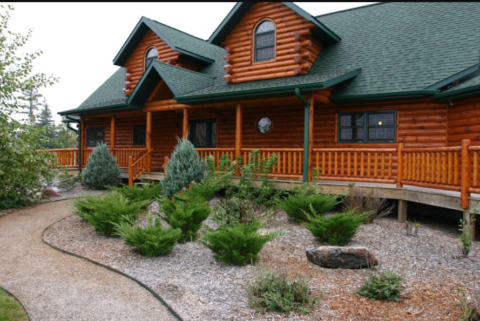Photo by Vizag Explore on Unsplash
Gothic arch greenhouses provide gardeners with unique advantages due to their distinct, aesthetically pleasing design. Their shape not only enhances the visual appeal of a garden but also creates an optimal growing environment for diverse plant varieties. This article delves into innovative planting techniques specifically suited for the structural benefits of Gothic arch greenhouses, allowing gardeners to maximize their yield and enjoy gardening throughout the year.
Understanding the Benefits of a Gothic Arch Greenhouse
Gothic arch greenhouses are characterized by their high, pointed roofs, offering generous vertical space and superior air circulation compared to traditional flat-roof designs. This architectural feature is especially beneficial in diverse climates, effectively managing heat during summer and accommodating snow loads in winter.
Vertical Gardening
- Utilizing Vertical Space: The height of Gothic arch greenhouses allows for the implementation of vertical gardening techniques. By installing trellises, hanging baskets, or vertical shelving units, you can grow vining plants like cucumbers, tomatoes, and even some varieties of squash upwards instead of outwards, saving ground space for other crops.
- Benefits: Vertical gardening in an arch-shaped greenhouse maximizes plant exposure to light and air, which can lead to healthier plants and higher yields. It also makes pest monitoring and harvesting easier, as the plants are within reach and more visible.
Hydroponic Systems
- Integration in Gothic Arch Greenhouses: Hydroponic systems, which replace soil with nutrient-rich water solutions, can be perfectly integrated into Gothic arch greenhouses. These systems are ideal for the controlled environment of a greenhouse, allowing for precise management of nutrients and water.
- Advantages: Utilizing hydroponics within a Gothic arch setup can result in accelerated plant growth, increased yields, and reduced water usage—an essential factor where water conservation is prioritized. Additionally, it minimizes soil-borne diseases and eliminates the need for space-consuming soil beds.
Companion Planting
- Strategic Plant Combinations: Companion planting involves strategically positioning plants that benefit each other in close proximity. In the unique environment of a Gothic arch greenhouse in Idaho, you can pair plants to enhance growth, deter pests, and maximize space. For example, planting basil near tomatoes can help repel harmful insects while enhancing the growth of both plants.
- Efficiency and Biodiversity: This method promotes biodiversity, which can lead to a healthier, more resilient garden ecosystem. By optimizing plant interactions, you can make full use of the space and resources available in your greenhouse.
Seasonal Crop Rotation
- Adapting to Climate: Seasonal crop rotation is particularly beneficial in Gothic arch greenhouses, where the structure’s robustness against the elements can protect plants year-round. By rotating crops according to the season, you can maintain soil fertility and prevent the buildup of pathogens and pests.
- Implementation: Plan your crop rotation based on plant families and their nutritional demands and pest relationships. This keeps the soil in your greenhouse healthy and productive, reducing the need for chemical interventions.
Automation and Monitoring
- Technological Integration: Advancements in technology allow for the automation of many greenhouse tasks such as irrigation, humidity control, and temperature management. Utilizing these technologies in a Gothic arch greenhouse helps maintain optimal growing conditions with minimal manual intervention.
- Benefits for Gardeners: For gardeners, automation reduces the time spent on routine tasks, allowing more focus on other gardening activities or new projects. It also guarantees consistent plant care, which is crucial during extreme weather conditions.
Conclusion
A Gothic arch greenhouse presents numerous advantages for innovative planting techniques, thanks to its unique architectural design that optimizes space and light. It supports methods like vertical gardening, which involves growing plants upwards to save space and maximize light exposure, and hydroponics, where plants thrive without soil in nutrient-rich water. The greenhouse also facilitates companion planting, a strategy of placing plant species together for mutual benefit, and seasonal crop rotation, which prevents soil depletion and reduces pest buildup. These tactics elevate the efficiency, productivity, and enjoyment of greenhouse gardening. The Gothic arch design, adept at shedding snow and rain due to its shape, enables gardeners to maintain a thriving, sustainable garden year-round, optimizing conditions for a diverse array of plants.





